National capitals typically dominate tourism itineraries, cultural conversations, and economic attention, often overshadowing equally compelling cities within the same country. Yet many so-called “second cities” offer distinctive experiences, cultural authenticity, and livability advantages that their more famous counterparts cannot match.
Here is a list of 20 remarkable second cities around the world that might actually provide more rewarding experiences than their nations’ capitals. Each has its own unique appeal and character.
Lyon, France

While Paris dominates global attention, Lyon quietly maintains its status as France’s gastronomic heart with a remarkable concentration of exceptional restaurants ranging from traditional bouchons to Michelin-starred establishments. The well-preserved Renaissance district Vieux Lyon offers architectural splendor without the overwhelming tourist crowds of the capital.
The city’s position at the confluence of two rivers creates a distinctive atmosphere where ancient Roman ruins coexist with cutting-edge contemporary design in a more navigable urban environment.
Barcelona, Spain
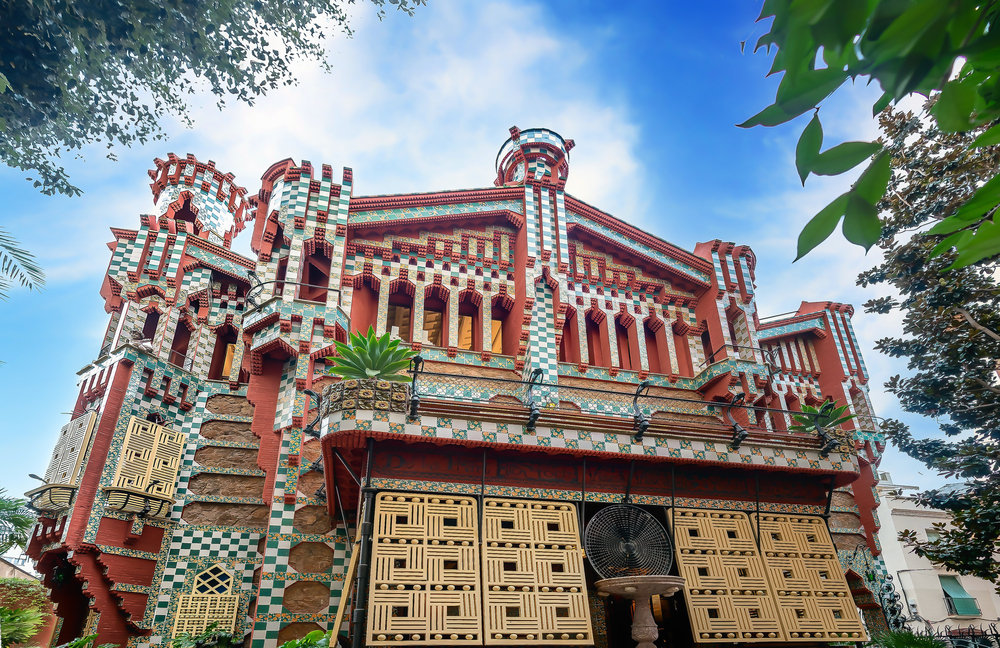
Though Madrid holds governmental power, Barcelona captures global imagination through Antoni Gaudí’s fantastical architecture that transforms the city into an open-air modernist museum. The Mediterranean coastal location provides a lifestyle balance between urban culture and beach relaxation impossible in the landlocked capital.
The Catalan cultural identity creates a distinctive environment where language, cuisine, and traditions offer experiences fundamentally different from those found in the Spanish capital.
Like Travel Pug’s content? Follow us on MSN.
Istanbul, Turkey
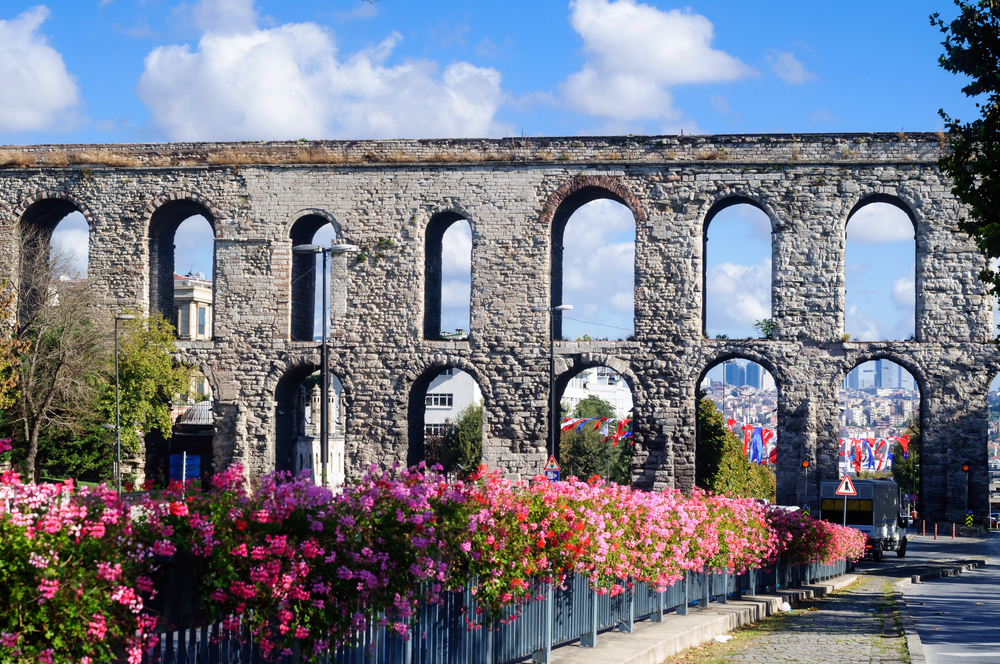
Despite Ankara’s official status, Istanbul’s strategic position spanning Europe and Asia creates a cultural convergence unmatched by the planned capital city. The skyline, dominated by Byzantine and Ottoman domes, tells the story of empires rising and falling across millennia through architecture rather than museum exhibits.
The Bosphorus waterways integrate maritime rhythms into daily life, with ferries serving as essential transportation rather than tourist experiences, connecting diverse neighborhoods, each with a distinctive character.
Melbourne, Australia

While Sydney is often mistakenly identified as Australia’s capital, Melbourne offers distinctive cultural credentials that even Canberra’s actual capital cannot match. The labyrinth laneways filled with cafés, street art, and boutiques create an urban experience that rewards exploration rather than monument-checking.
The multicultural influences visible in neighborhood enclaves produce diverse culinary scenes reflecting waves of immigration that have shaped Australian identity beyond simplified national narratives.
Porto, Portugal
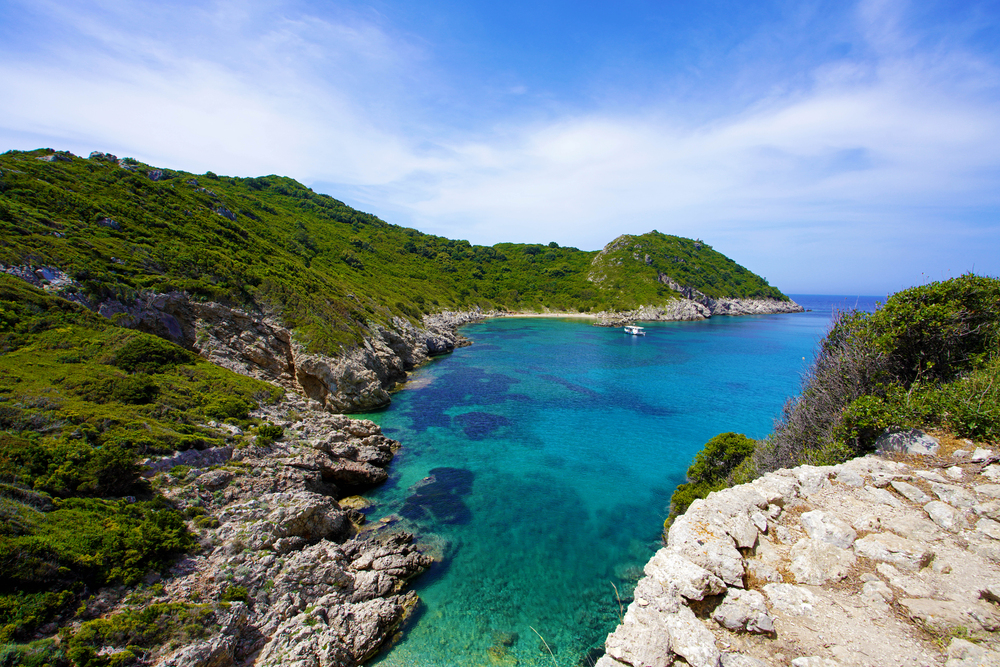
This northern city presents a grittier, more authentic alternative to Lisbon, with its UNESCO-recognized riverside district cascading down hillsides toward the Douro River. The eponymous fortified wine cellars lining the riverbank provide both historical context and tasting opportunities, connecting visitors directly to regional production traditions.
The distinctive blue-tiled churches and worn granite buildings create an atmospheric backdrop for contemporary Portuguese life evolving at a more contemplative pace than in the capital.
Like Travel Pug’s content? Follow us on MSN.
Chicago, USA
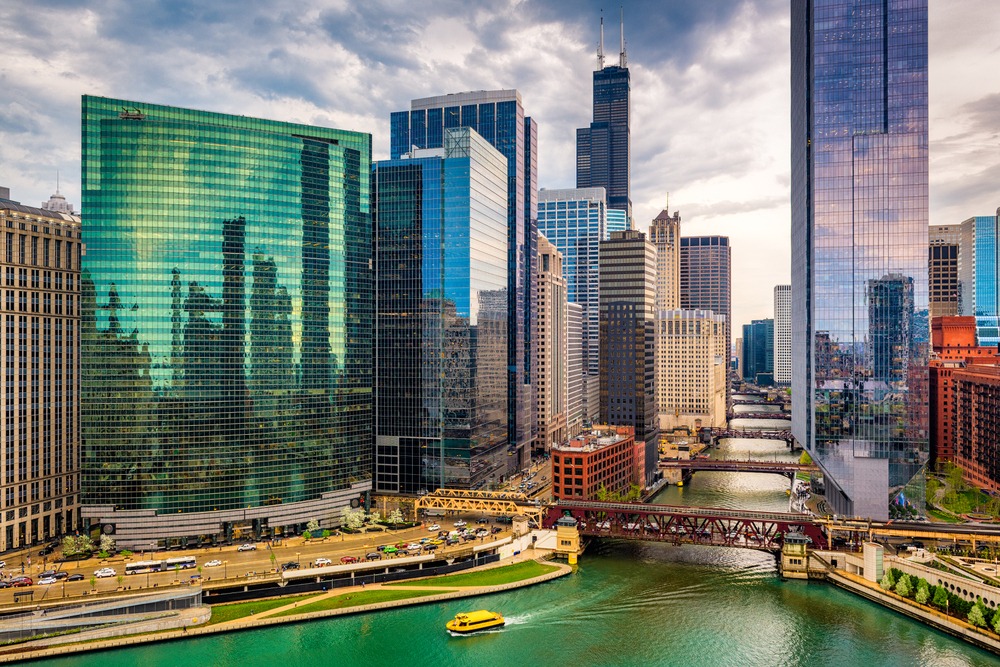
Though Washington holds governmental power, Chicago represents American urbanism at its most ambitious and authentic, with its architectural innovations stretching from the first skyscrapers to cutting-edge contemporary towers. The lakefront public spaces demonstrate democratic urban planning principles on a grand scale rarely achieved in other American cities.
The distinctive neighborhood cultures, from Pilsen’s Mexican-American community to Bronzeville’s African-American heritage, reveal American diversity through lived experience rather than national monuments.
Kraków, Poland

While Warsaw was rebuilt following WWII destruction, Krakow preserved its medieval core with Europe’s largest market square anchoring a UNESCO-protected cityscape. The intellectual and artistic heritage fostered by one of Europe’s oldest universities creates a cultural gravity extending beyond tourist attractions to everyday café conversations.
The complex Jewish heritage preserved in the Kazimierz district offers profound historical engagement with Eastern European history through specific human stories rather than abstract memorials.
Fez, Morocco
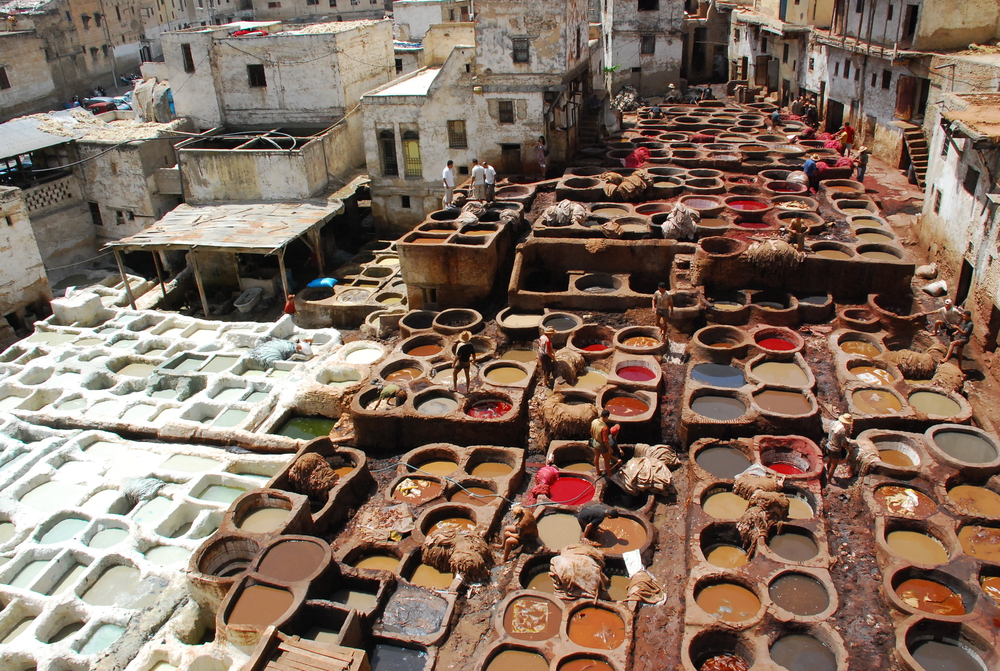
Though Rabat holds administrative functions, Fez contains the world’s largest car-free urban area within its ancient medina, where 9,000 alleyways create a medieval labyrinth seemingly unchanged for centuries. The traditional artisan quarters organize workshops by craft, allowing visitors to observe leather tanners, metalworkers, and weavers using techniques passed through generations.
The spiritual significance as Morocco’s first Islamic capital remains palpable through elaborate madrasas and the world’s oldest continuously operating university.
Like Travel Pug’s content? Follow us on MSN.
Hamburg, Germany
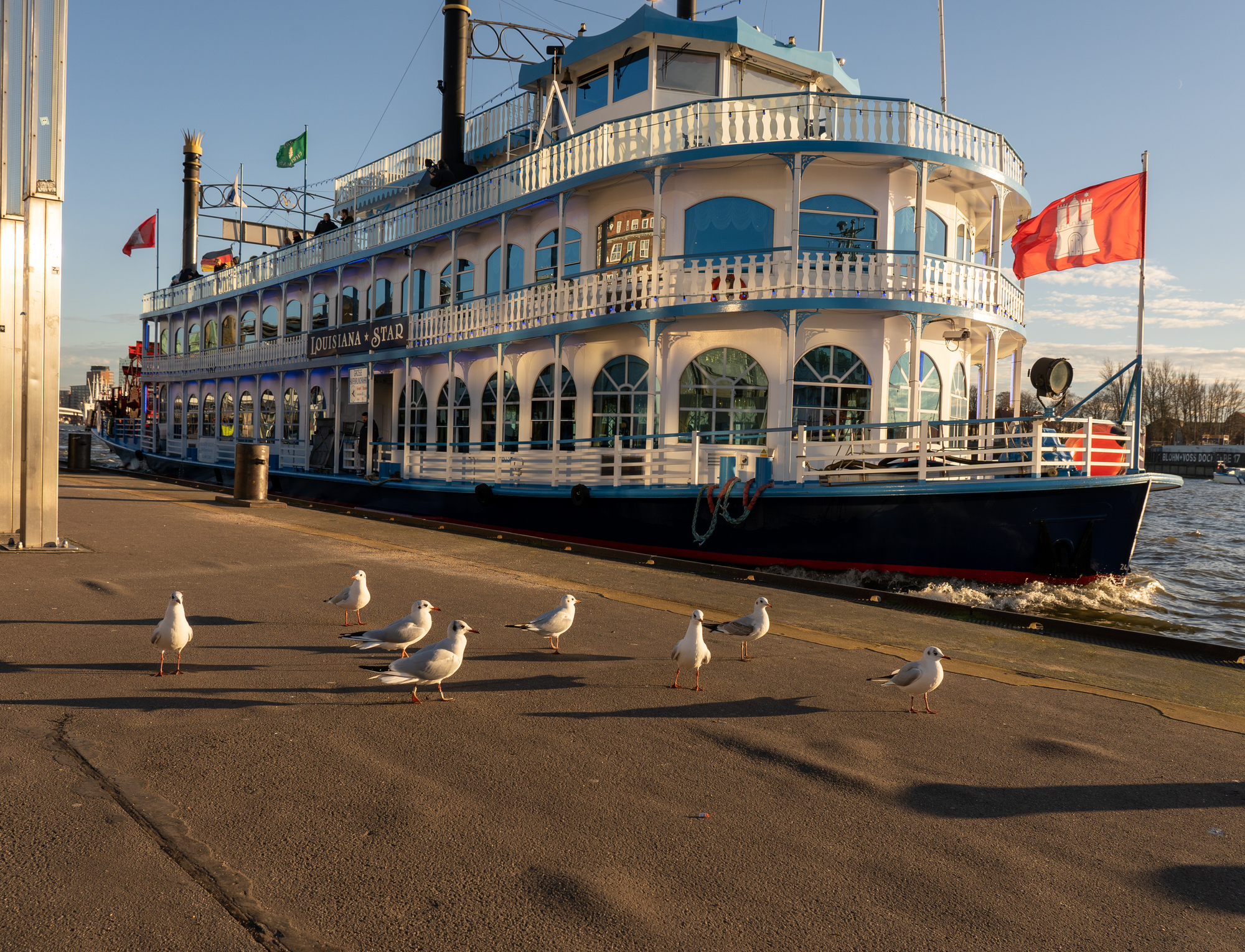
This Hanseatic port city offers a distinctive maritime character through its extensive canals and harbor infrastructure that Berlin’s landlocked location cannot match. The warehouse district’s recent transformation into the HafenCity development demonstrates contemporary German architectural innovation through sustainable urban planning rather than government buildings.
The legendary nightlife district creates cultural space for artistic experimentation and social boundary-crossing that has launched musical movements from classical composers to The Beatles.
Osaka, Japan
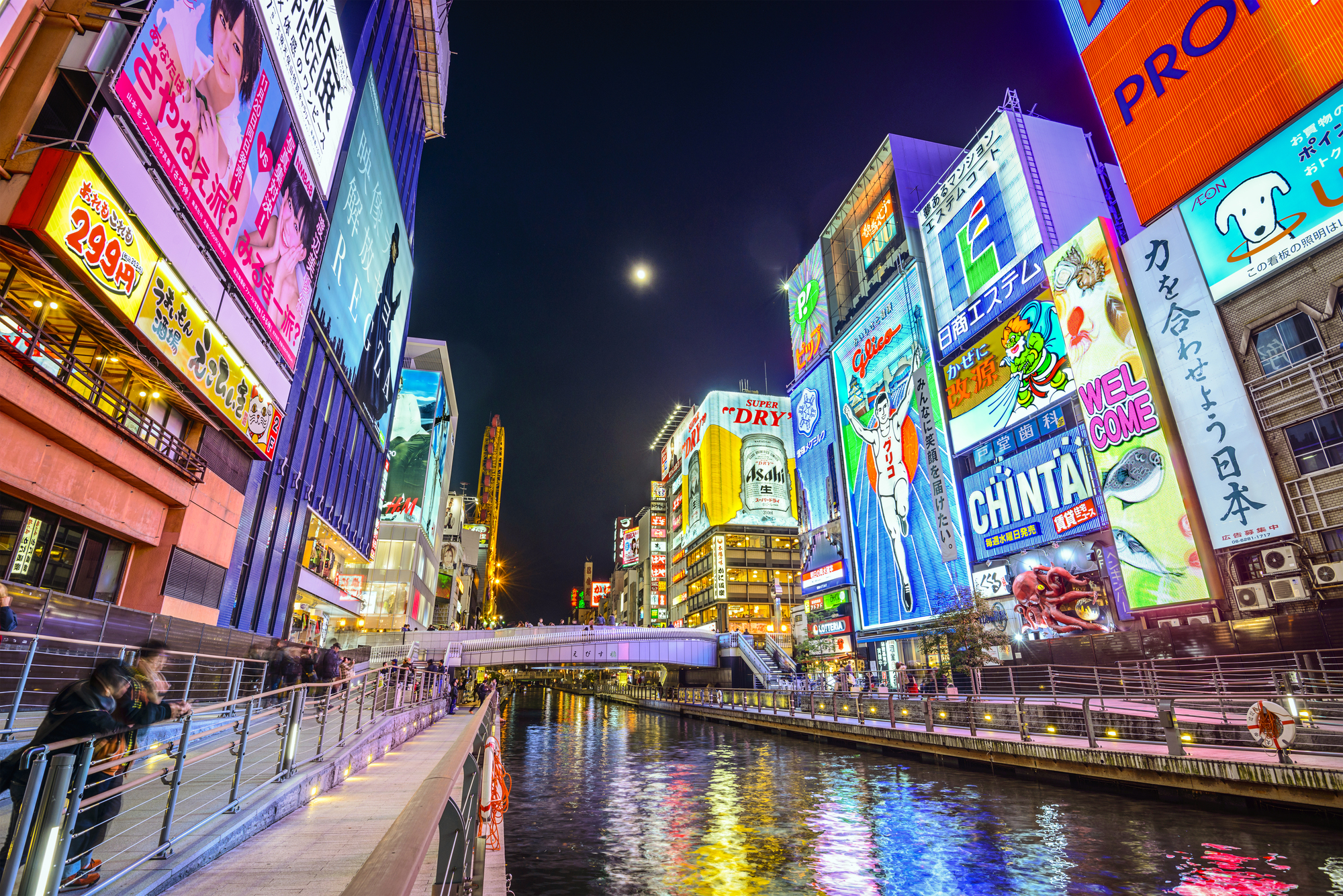
Beyond Tokyo’s polished global image, Osaka presents Japan’s entrepreneurial, food-obsessed counterpoint with a regional dialect famously direct compared to the capital’s reserve. The street food culture, particularly along the Dotonbori canal, embraces the concept of ‘kuidaore’ (eating until you drop) with vendors specializing in distinctive Kansai specialties.
The merchant history creates a commercial energy where everyday shopping districts reveal more about contemporary Japanese life than formal tourist attractions.
Melbourne, Australia
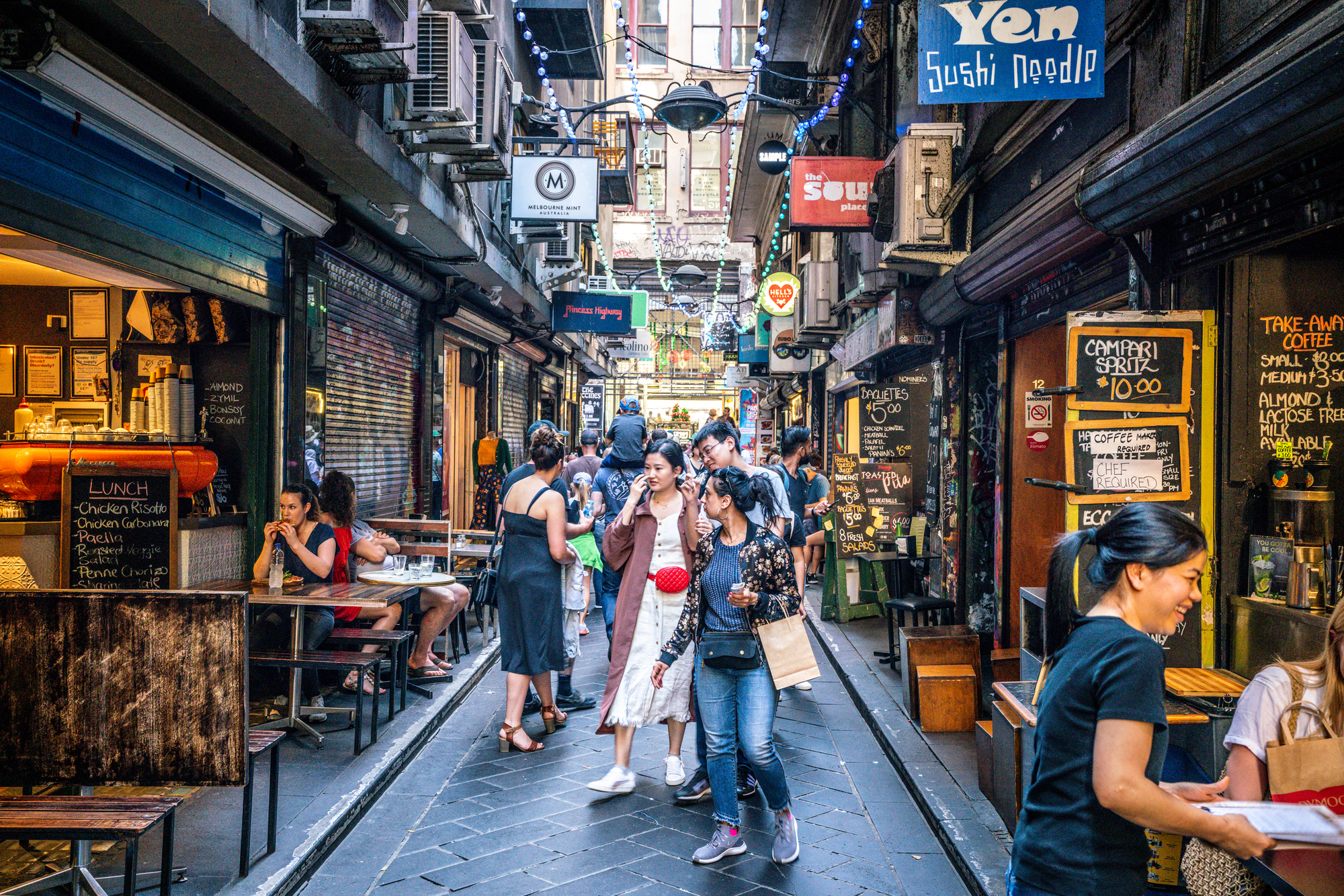
While Sydney is often mistakenly identified as Australia’s capital, Melbourne offers distinctive cultural credentials that even Canberra’s actual capital cannot match. The labyrinthine laneways filled with cafés, street art, and boutiques create an urban experience that rewards exploration rather than monument-checking.
The multicultural influences visible in neighborhood enclaves produce diverse culinary scenes reflecting waves of immigration that have shaped Australian identity beyond simplified national narratives.
Like Travel Pug’s content? Follow us on MSN.
São Paulo, Brazil

Rio’s spectacular setting captures global imagination, but São Paulo’s cosmopolitan energy represents modern Brazil’s economic and cultural powerhouse with unparalleled artistic institutions and commercial innovation. The distinctive architectural landscape mixing brutalist masterpieces with contemporary towers reflects Brazilian modernism’s evolution beyond government-commissioned monuments.
The Japanese, Italian, and Lebanese immigrant enclaves provide authentic cultural experiences that have transformed Brazilian identity beyond the simplified narratives presented in the capital.
Glasgow, Scotland

Edinburgh’s fairy-tale aesthetics draw visitors, but Glasgow offers Scotland’s authentic urban experience through distinctive sandstone architecture, legendary music venues, and genuine local character. The city’s industrial heritage, which has transformed into creative energy through arts districts established in former manufacturing spaces, tells the story of economic evolution.
The renowned humor and unpretentious warmth create connections with visitors willing to engage with locals on their terms rather than expecting performative hospitality.
Shanghai, China

Though Beijing holds political authority, Shanghai captures the dynamism of contemporary China through its futuristic skyline juxtaposed against European colonial architecture along the historic Bund waterfront. The city’s entrepreneurial energy and international influence from its treaty port history create distinctive cultural spaces where innovation thrives.
The cuisine focuses on delicate flavors, fresh seafood, and distinctive dumpling traditions, offering a sophisticated counterpoint to heartier northern capital cooking.
Like Travel Pug’s content? Follow us on MSN.
Valparaíso, Chile
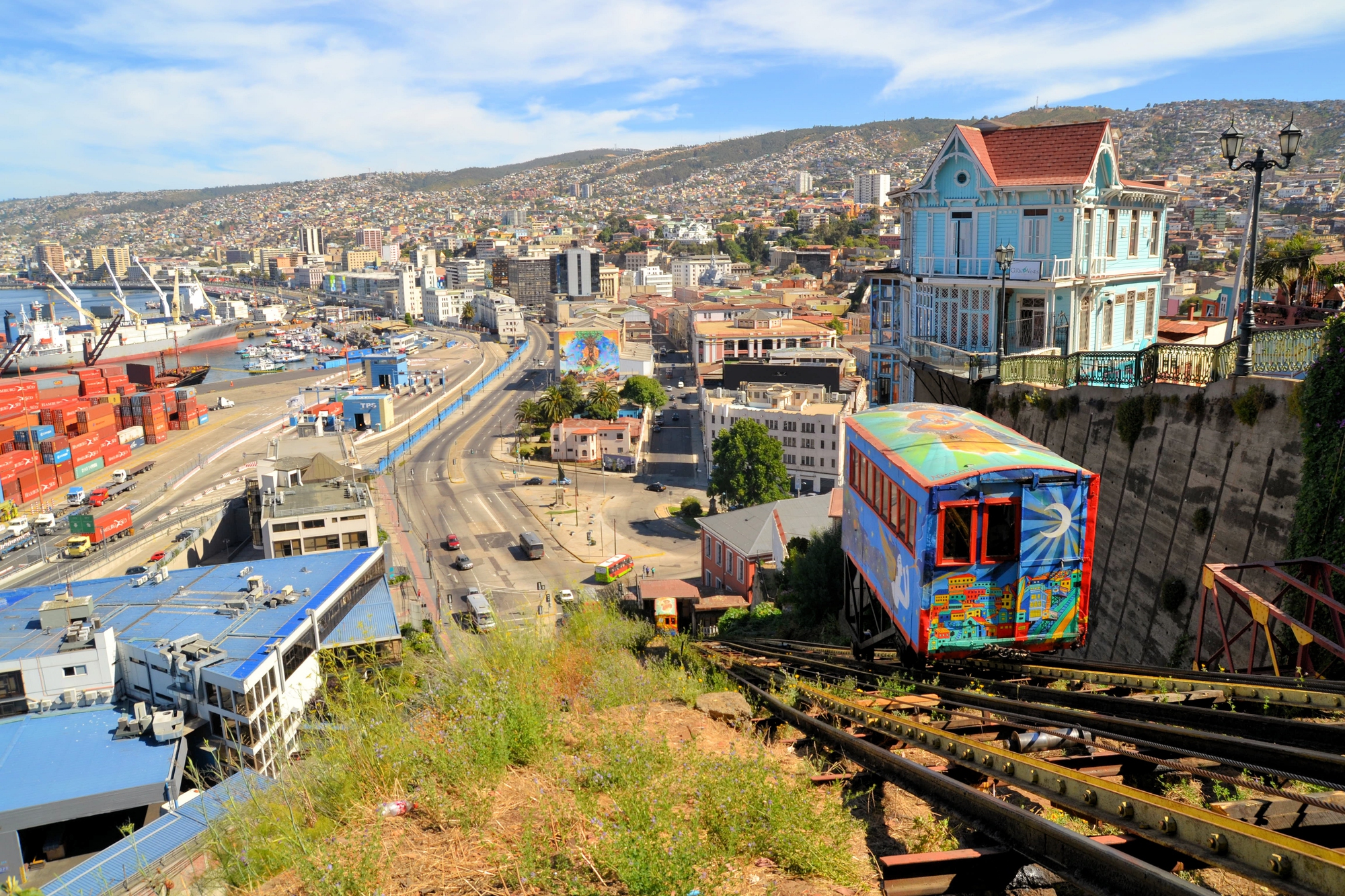
While Santiago projects orderly prosperity, this Pacific port city cascades down steep hillsides in a riot of colored buildings declared a UNESCO World Heritage site for their distinctive vernacular architecture. The artistic energy expressed through elaborate street art covering buildings creates an open-air gallery capturing Chilean cultural identity.
The functioning port infrastructure and iconic funicular elevators connecting hilltop neighborhoods to downtown areas integrate maritime heritage into everyday urban experiences.
Johannesburg, South Africa

Beyond Cape Town’s postcard aesthetics and Pretoria’s administrative functions, Johannesburg represents South Africa’s economic engine and cultural laboratory where post-apartheid identity actively evolves. The Arts on Main District and Constitution Hill demonstrate creative adaptive reuse, transforming historical structures into forward-looking cultural spaces.
The diverse neighborhood enclaves present unfiltered perspectives on contemporary South African life beyond the curatorial narratives presented in national museums.
Milan, Italy
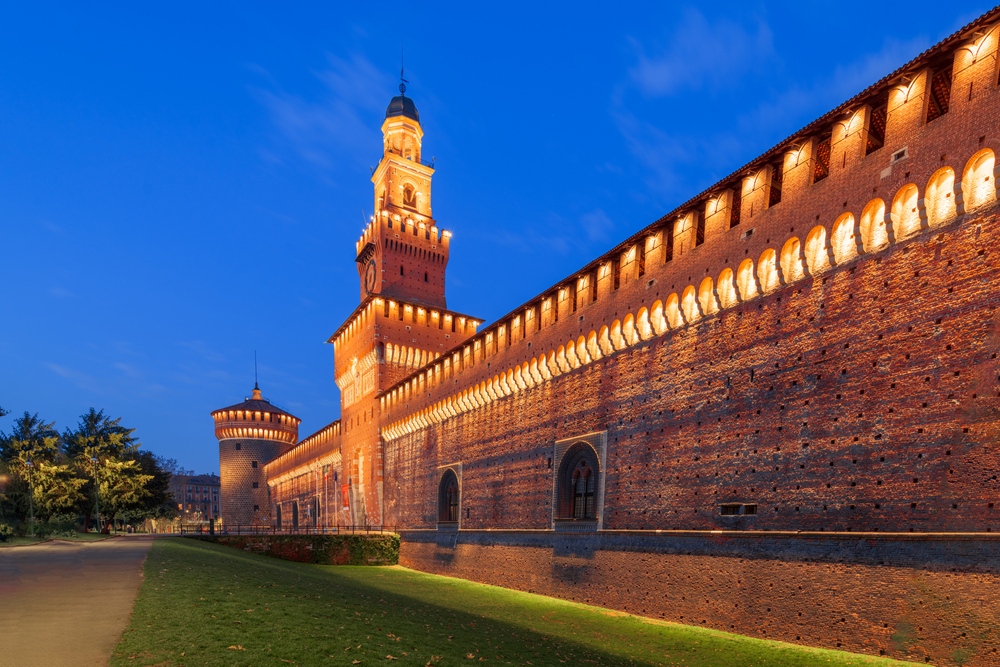
Rome’s ancient monuments draw crowds, but Milan’s fashion and design industries create a future-oriented cultural energy expressed through innovative showrooms and Salone del Mobile exhibitions that transform the city annually. The financial power generates distinctive northern Italian urban sophistication through exceptional shopping galleries, aperitivo culture, and contemporary art patronage.
The Gothic cathedral, surrounded by sleek modern architecture, creates a visual dialogue between historical and contemporary Italian identity rarely achieved in the capital’s layered archaeological complexity.
Like Travel Pug’s content? Follow us on MSN.
Montreal, Canada

Though Ottawa holds governmental functions, Montreal’s distinctive French-influenced North American urbanism creates cultural uniqueness through bilingual creative communities and the remarkable preservation of historic districts. The underground city connecting metro stations demonstrates adaptive northern urbanism, making winter navigable through innovative infrastructure rather than administrative buildings.
The renowned cultural festivals, particularly in jazz and comedy, demonstrate creative vibrancy emerging from multicultural identity and linguistic interplay.
Manchester, England

London’s global city status overshadows Manchester’s authentic regional character expressed through distinctive red-brick industrial architecture repurposed for contemporary creative communities. The musical heritage that produced influential bands from The Smiths to Oasis continues through venues nurturing new talent and cultural movements.
The history of the Industrial Revolution, visible in canals and former cotton exchanges, tells the story of modern capitalism’s development more directly than the capital’s imperial monuments.
Thessaloniki, Greece

Athens claims classical glory, but this northern port city presents a more complex historical narrative through Byzantine churches, Ottoman structures, and distinctive Jewish heritage sites reflecting its multicultural past. The waterfront promenade lined with sidewalk cafés creates social spaces where Greece’s legendary coffee culture thrives from morning through evening.
The university population generates youthful energy through cultural initiatives and nightlife that are more accessible than the capital’s sprawling metropolitan scale.
Like Travel Pug’s content? Follow us on MSN.
Beyond the Obvious Choice
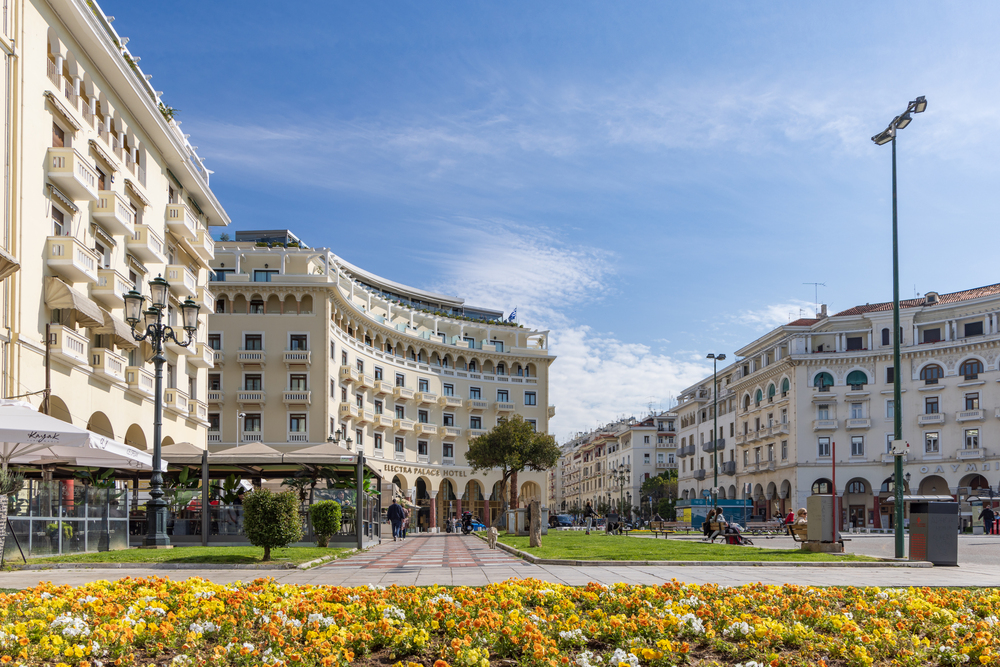
The distinctive appeal of “second cities” often emerges from their freedom to evolve beyond national symbolism and tourist expectations that capitals must maintain. These urban alternatives typically offer more authentic engagement with contemporary life, where residents prioritize local quality rather than international impression.
The experiences found in these cities often reveal deeper truths about national identity precisely because they’ve developed organically rather than through centralized planning or symbolic representation. Travelers willing to venture beyond obvious capital cities discover not lesser versions of famous destinations but distinctive urban expressions that might actually provide more meaningful connections to the countries they represent.
More from Travel Pug

- Cities Growing so Fast You Won’t Recognize Them in 10 Years
- 13 Destinations Where Tourists Regularly Regret Their Trip
- 20 Obscure WWII Sites Even History Buffs Don’t Know About
- 10 Under-the-Radar Mountain Towns That Are Both Affordable and Beautiful
- Remote Villages in Europe Where You Can Live for Free in Exchange for Work
Like Travel Pug’s content? Follow us on MSN.
